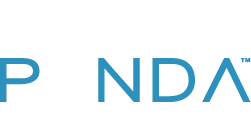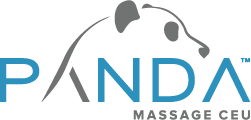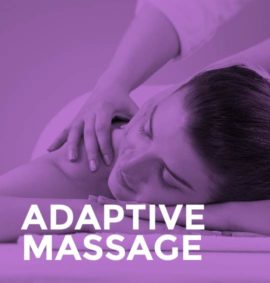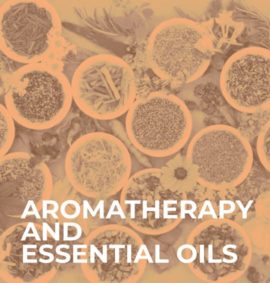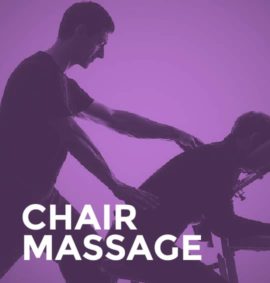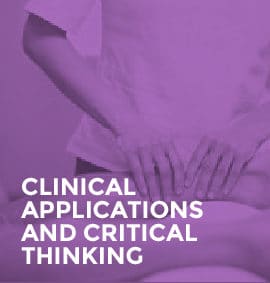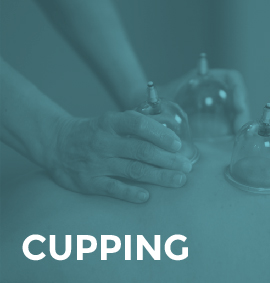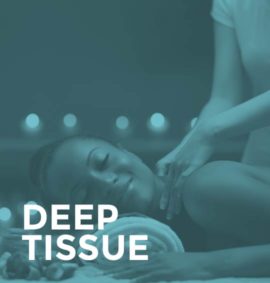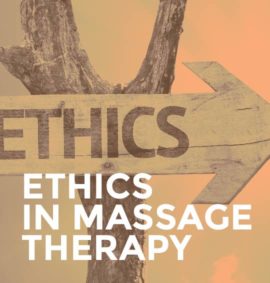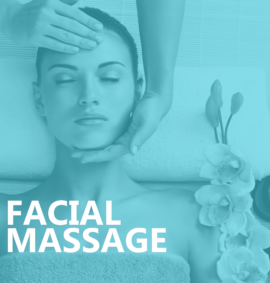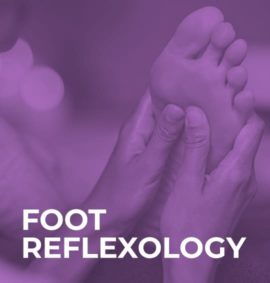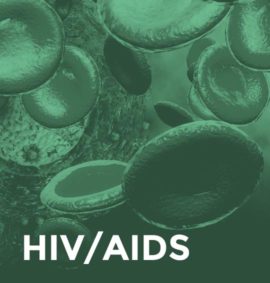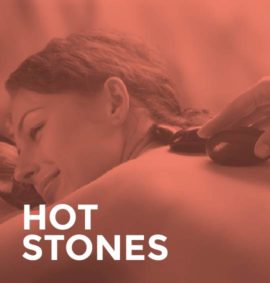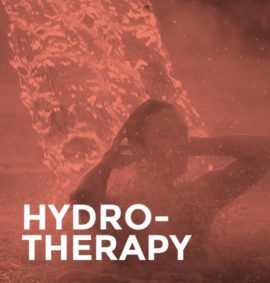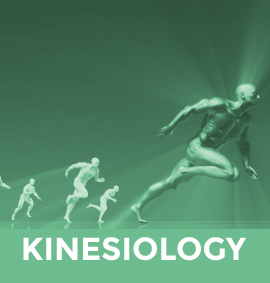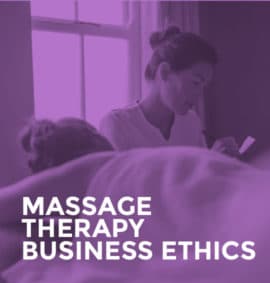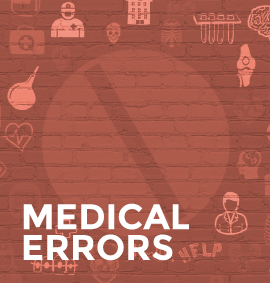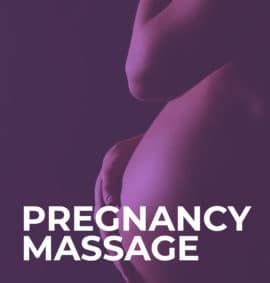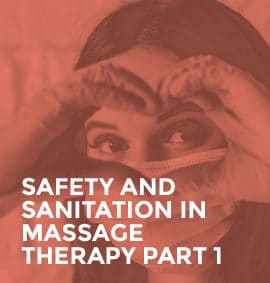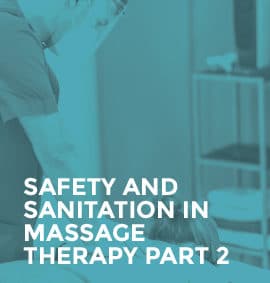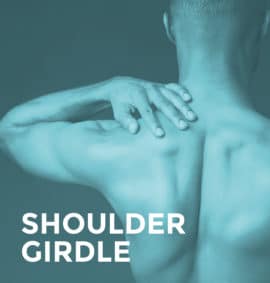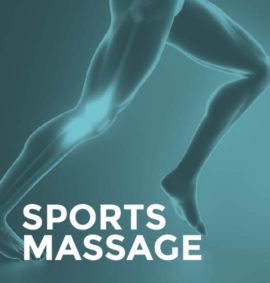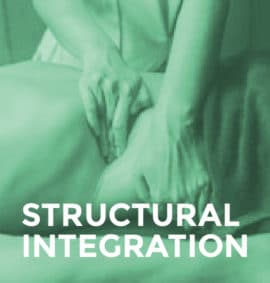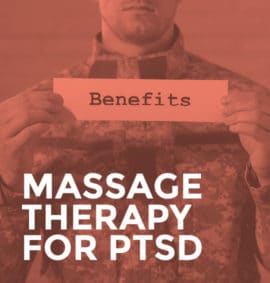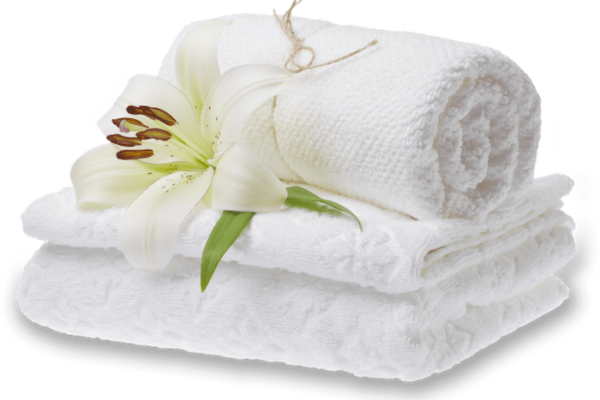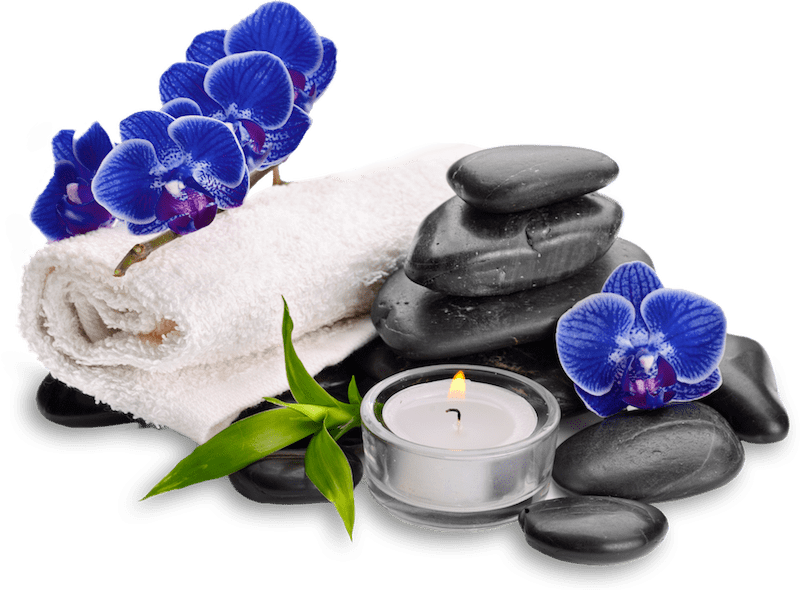Plenty of professional therapists will gladly acknowledge the importance of continuing education. It’s not uncommon for a newly licensed therapist to talk about the challenges associated with finishing their extensive program in such a short period of time. It’s a ton of information packed into a very narrow window: this is something that both massage therapists and schools alike acknowledge.
So, naturally, once the semester (or year, or summer, or second year) of school comes to a close, many therapists are left wondering: what next? Where do we go from here? Could we really have mastered everything there is to know about the business and practice of running a successful practice?
Simply put, the answer is no. Even in the states which require the largest number of hours of study in order to become a licensed professional massage therapist, it’s impossible for a student who comes into a program with no background in the medical profession or a clinical practice to graduate from a massage therapy program with an inexhaustible, complete knowledge of how to care for the human musculoskeletal system.
The reality, too, is that it’s not just students who acknowledge and experience the need for continuing education. States across the country, massage schools, and the national body responsible for licensing massage therapists all recognize the importance of continuing education.
So, what are massage CEUs (Continuing Education Units), and how do they work?
Continuing education units are present across a wide variety of occupations that require professional licensure. Other professions requiring the maintenance of CEUs in order to keep up with professional certification include teachers, architects, designers, engineers, administrators, social workers, and (of course) a variety of health care workers, including nurses, doctors, psychologists and other mental health professionals, dentists, acupuncturists, chiropractors, and more.
A quick look at this list reveals one thing that all of these professions have in common. Every occupation on this list involves providing an incredibly important service to someone. But not just any service: a service that will have a significant and dramatic impact on someone’s life, in a constantly changing world. It’s the reality of the mutable nature of each of these professions, combined with the level of importance that they play in people’s lives, that makes CEUs (continuing education units) necessary.
It’s easy to see how massage therapy fits into this picture. Clients come to practitioners for a variety of personal issues and chronic illnesses. Maybe a client is experiencing chronic, ongoing pain that conventional medicine hasn’t had any luck in attempting to alleviate. Or, perhaps they’re suffering from an unrelenting level of occupational and personal stress that’s materialized in the form of serious muscular tension and other physical issues.
Regardless of why a client approaches a practitioner, it’s important that they be “ready for anything,” so to speak. This means not only keeping up with the latest advances in massage therapy itself, but also doing their best to keep pace with other advances and progress in medical technology, and in the medical profession in general. This is not only good for clients: it’s also good for the practitioner, and for their bottom line. When clients come to see a practitioner who presents themselves as a well-informed, savvy, up to date professional, those clients are more likely to continue seeing that therapist.
We have now seen what CEUs are in a broader context, and why continuing education units are important for practitioners. This begs the question, though: where and how exactly do massage therapists receive CEUs?
Massage CEUs are regulated by specific organizations around the world. These licensing organizations determine what does (and does not) clear the bar when it comes to a course for continuing one’s education. So, who regulates the creation, administration, and qualification of CEUs in the United States? How does the whole process work? How can you be sure that a course will actually count towards your annual CEU requirements? Read on for the answers to these questions.
